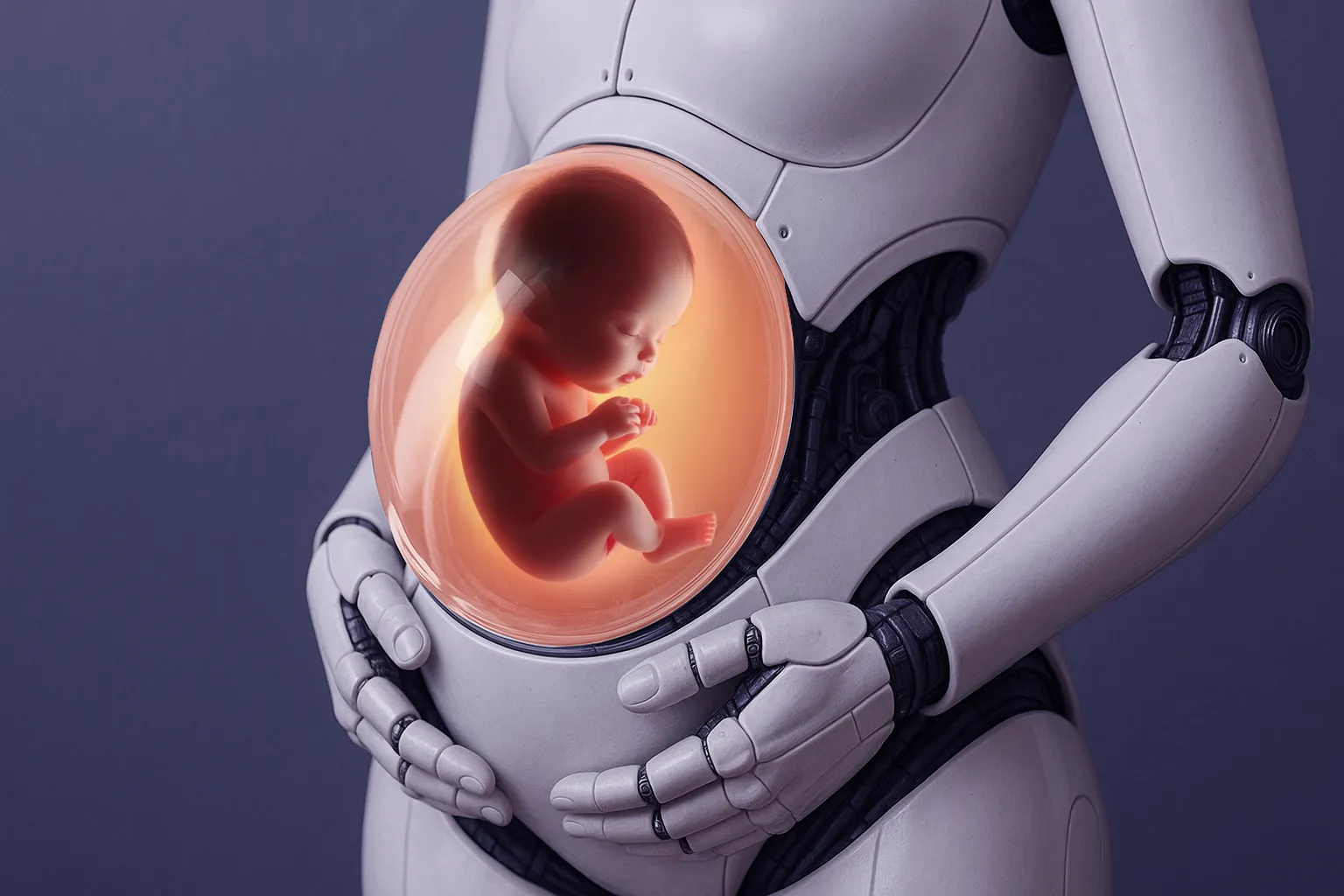The boundaries at the intersection of technology and reproduction are constantly being pushed. For example, scientists in Eindhoven are exploring the possibilities of a water-based incubator as an artificial womb for prematurely born babies, and IVF has already been made possible in a mobile laboratory.
The most radical reports, however, came from China last week. There, scientists are said to have developed an intelligent robot capable of carrying a baby from conception to birth. With this artificial womb, the development of the foetus could even progress more safely and effectively than in a natural womb.
As LiveScience noted, the robot does (as yet) not exist, but the technology behind it – artificial wombs – is very much the subject of serious scientific research. And it is precisely this that raises fundamental questions.
Artificial Womb
As early as 2018, Next Nature highlighted this future scenario with the Artificial Womb project, exploring the societal and ethical impact of artificial wombs. What then seemed like a radical thought experiment is now resurfacing in public debate.
Design Fiction
Although the technology remains largely speculative, this demonstrates how imagination and design fiction can function as an early compass for possible futures.
Because: What if the technology becomes reality? Who decides which children may be ‘made’? What would this mean for our idea of motherhood? How might it change our definition of family and community?
At the same time, it also offers new perspectives. For couples struggling with infertility, or for people who wish to become parents without pregnancy. Perhaps it could even be seen as the ultimate form of emancipation: no marriage, no pregnancy, and yet a child.
In that light, it is crucial to start asking these questions now, before the technology actually exists.


Comments (0)
Share your thoughts and join the technology debate!
No comments yet
Be the first to share your thoughts!